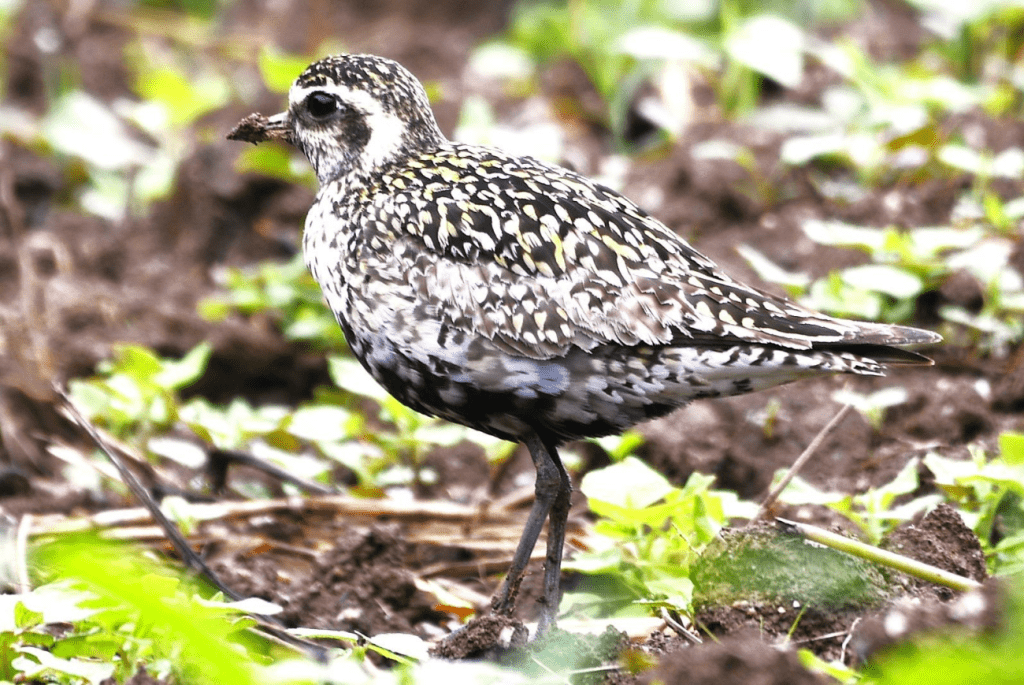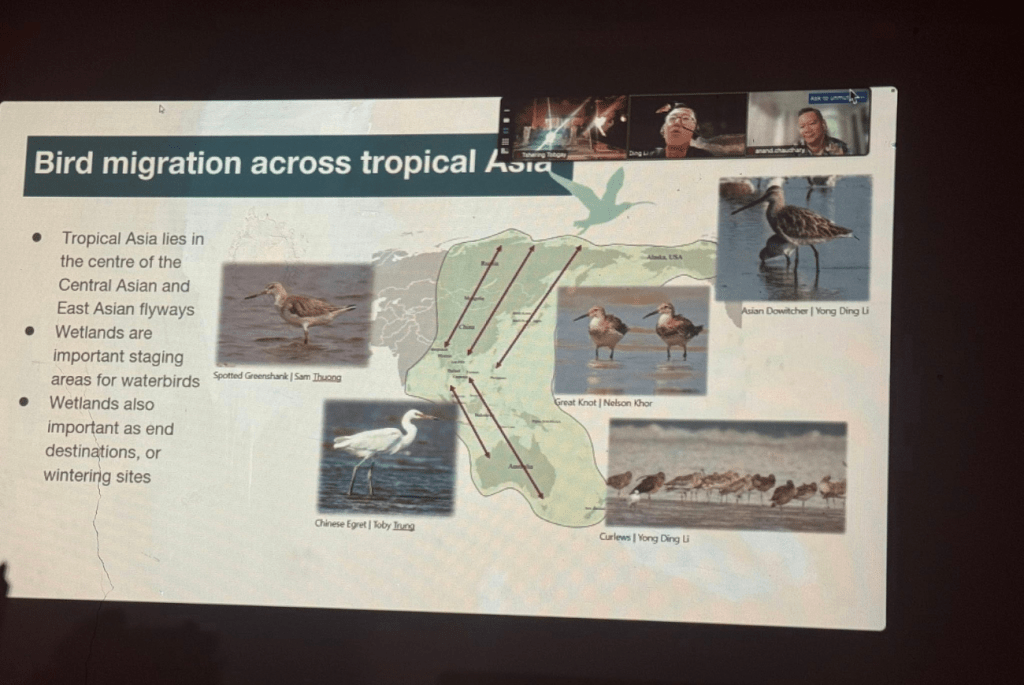After an insightful session on #Waterbird monitoring yesterday, today our participants were greeted by a beautiful waterbird/shorebird right at our training venue in Yongkola, Mongar.
#Bhutan, despite its small geographical size, is globally recognized for its rich avifaunal diversity, hosting over 770 bird species, of which a considerable number are waterbirds. The country’s varied river systems, high-altitude wetlands, and lowland marshes provide critical habitats for both resident and migratory species. Each year, Bhutan receives diverse waterbirds during spring and autumn migration, as well as wintering flocks that utilize the country’s wetlands and rivers as vital stopover and refuge sites.
What makes Bhutan unique is its strategic location at the confluence of two major migratory flyways: the East Asian–Australasian Flyway (EAAF) and the Central Asian Flyway (CAF). This positioning makes the country an ecological bridge for numerous migratory species. For instance, the Black-necked Crane winters in the high-altitude valleys of Bhutan, while other species such as the Ruddy Shelduck, Northern Pintail, and Common Teal are regularly recorded in wetlands and rivers across the country.
Furthermore, Bhutan is home to 23 Important Bird and Biodiversity Areas (IBAs), many of which are significant sites for waterbirds. These sites not only contribute to regional and global migratory networks but also provide invaluable ecosystem services for local communities.
RSPN Bhutan as Bhutan’s environmental NGO, remains committed to advancing bird conservation and strengthening monitoring initiatives. Regular and systematic monitoring of waterbirds is crucial for:
Assessing population trends and distribution of species across seasons.
Identifying and mitigating threats such as habitat loss, pollution, and climate change.
Contributing to global databases that inform international conservation policies and agreements, including the Convention on Migratory Species (CMS) and the Ramsar Convention.
Guiding conservation action within Bhutan by providing evidence-based data for policy-makers, conservationists, and local communities.
Waterbirds serve as key ecological indicators, reflecting the health of riverine ecosystems. Their monitoring not only supports biodiversity conservation but also ensures the long-term sustainability of freshwater resources upon which both humans and wildlife depend.
We extend our sincere gratitude to Dr. Ding Li and Dr. Anand from BirdLife International Asia for facilitating an insightful session on waterbird conservation, with particular emphasis on monitoring techniques and the significance of sustained monitoring efforts.
Bird that greeted us: Pacific Golden Plover (PC-Tshering Dhendup/RSPN)



Copyright © 2025 RSPN All Rights Reserved